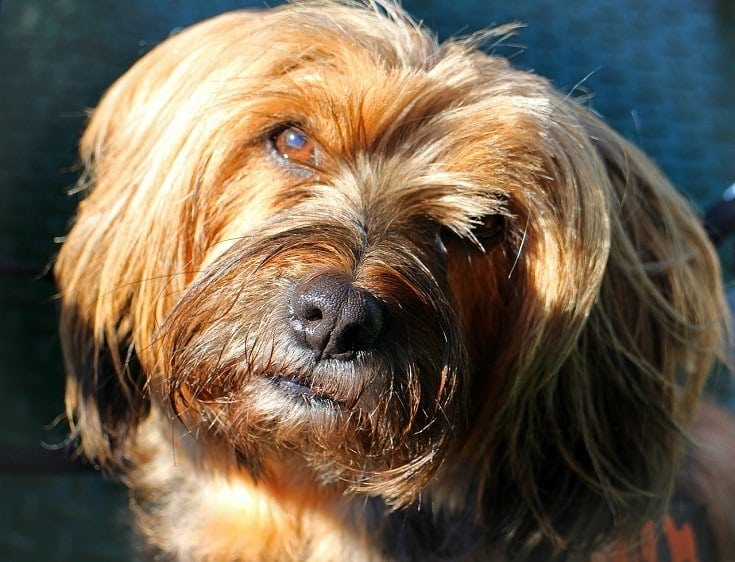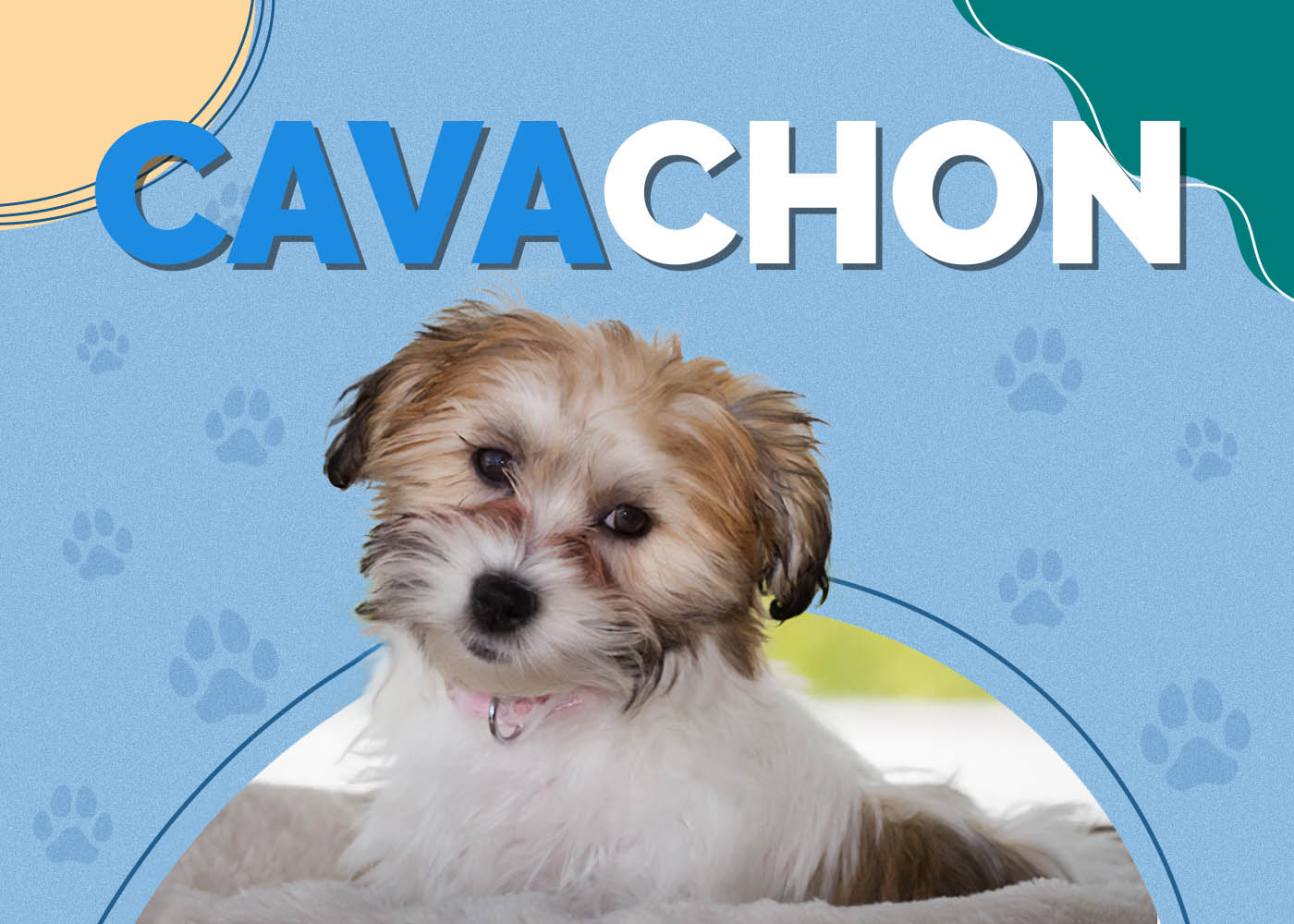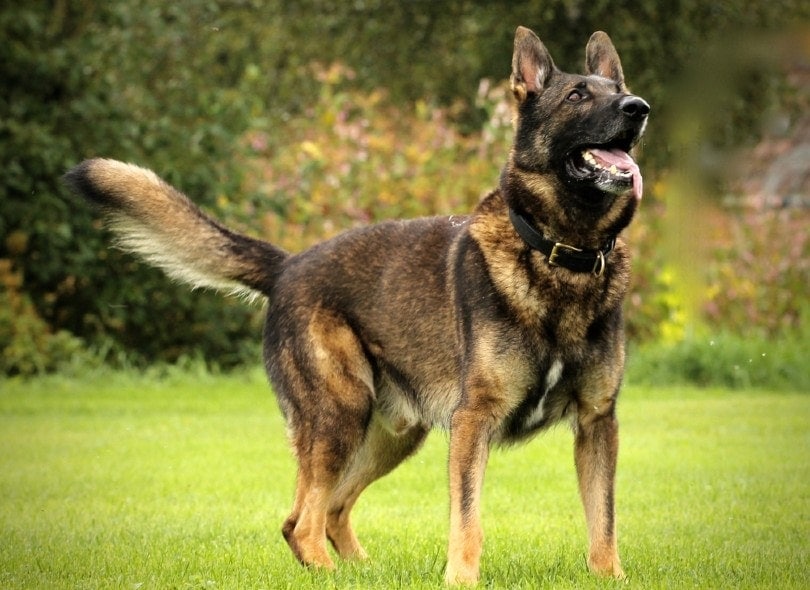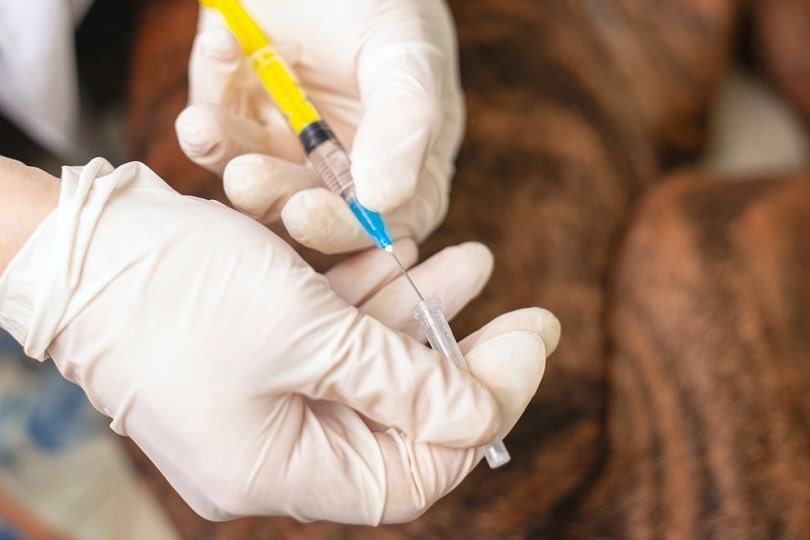Italian Papihound (Italian Greyhound & Papillon Mix): Pictures, Traits & Facts

Updated on
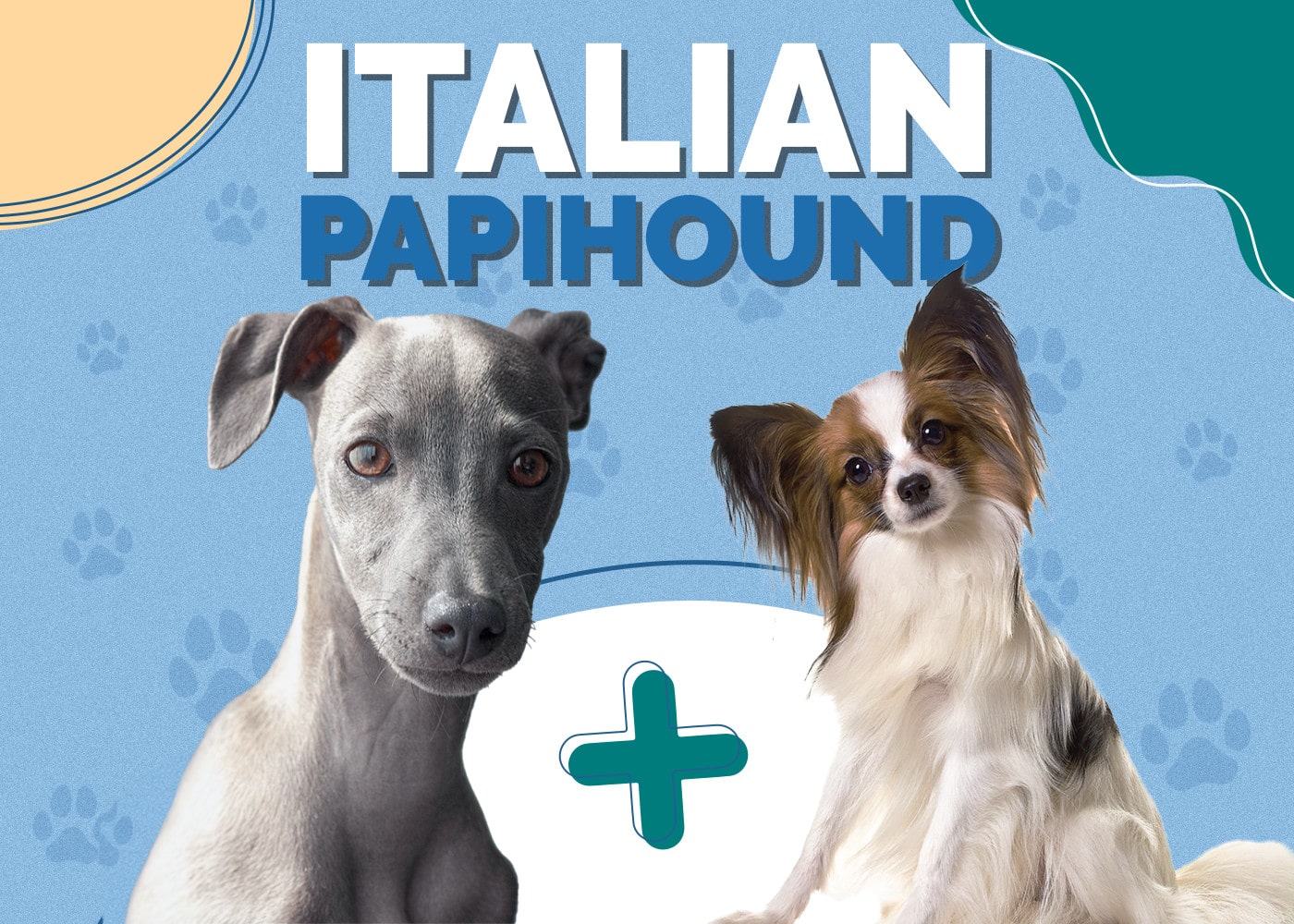
| Height: | 13–15 inches |
| Weight: | 8–11 pounds |
| Lifespan: | 12–15 years |
| Colors: | Black, gray, brown, blue, red |
| Suitable for: | Families and individuals looking for a sweet and loving companion dog |
| Temperament: | Loyal, Loving, Sweet, Shy, Hyper, Intelligent |
The Italian Papihound is a hybrid breed that combines the Italian Greyhound with the Papillon. As a hybrid, little is known about the specific cross, but we know a lot about both parent breeds. By looking at the parents, we can determine the characteristics and traits of the crossbreed.
The Italian Greyhound was bred to hunt small game during the day and be a companion for the hunter at night. They are popular companion dogs today and fare well as show dogs in exhibitions and competitions. They can live in apartments and are easy to groom and train, making them a suitable choice even for first-time owners.
The Papillon is a lap dog in some respects, but they require plenty of exercise because they’re energetic and playful. They enjoy every minute they get to spend with their owner. This includes the time they spend on the couch with you, but they will also be happy chasing after a ball or participating in agility classes and other training.
Italian Papihound Puppies
Italian Papihounds aren’t popular hybrids, and you may have trouble locating one in your area. However, you can join breed groups and check with hybrid kennel clubs. Although the Italian Papihound is not recognized as a breed by the leading kennel clubs because they are not purebred, hybrid clubs recognize them and may have details about breeders.
When you find a breeder with Italian Papihound puppies, ensure you can meet the parents and puppies before buying. A reputable breeder will also have health records, including the vaccines administered, and maintain a sanitary facility. You may have to travel to another state to find an Italian Papihound puppy, but it’s worth the trip. Italian Papihound puppies are playful and full of energy.
3 Little-Known Facts About the Italian Papihound
1. Italian Greyhounds Don’t Need Much Exercise
Italian Greyhounds, like other breeds of Greyhound, are mistakenly believed to require a lot of exercise. This is because they are used for racing and have been used for hunting and tracking in the past. They will flourish with just half an hour to 45 minutes of daily exercise.
The exercise doesn’t have to be intense, either. A gentle walk will usually be enough. In fact, the Italian Greyhound will enjoy relaxation time just as much as exercise. They will happily curl up on the couch or at your feet, and fall asleep for hours. The Italian Greyhound is often called the “40-mph couch potato.”
2. Italian Greyhounds Love Company
Some canines prefer to live on their own, but that isn’t the case with the Italian Greyhound. Although they can do very well when living on their own, they thrive when living with one or more other dogs in the house. This can be especially useful if your Italian Greyhound suffers from separation anxiety.
Having another dog in the house will keep your dog calm and prevent destructive behavior caused by boredom. Considering the Italian Greyhound needs so little room to live comfortably, it shouldn’t be too difficult to accommodate two puppies.
3. Papillons Are Considered Very Intelligent
When it comes to intelligent dog breeds, we think of Collies and other Sheepdogs as the most intelligent, but the Papillon is also very intelligent. They’re ranked as the 8th most intelligent breed of all. When combined with their loving nature and willingness to impress their owner, they’re surprisingly easy to train. Combining the Papillon with the Italian Greyhound has done little to diminish their intelligence or their aim to please their master.
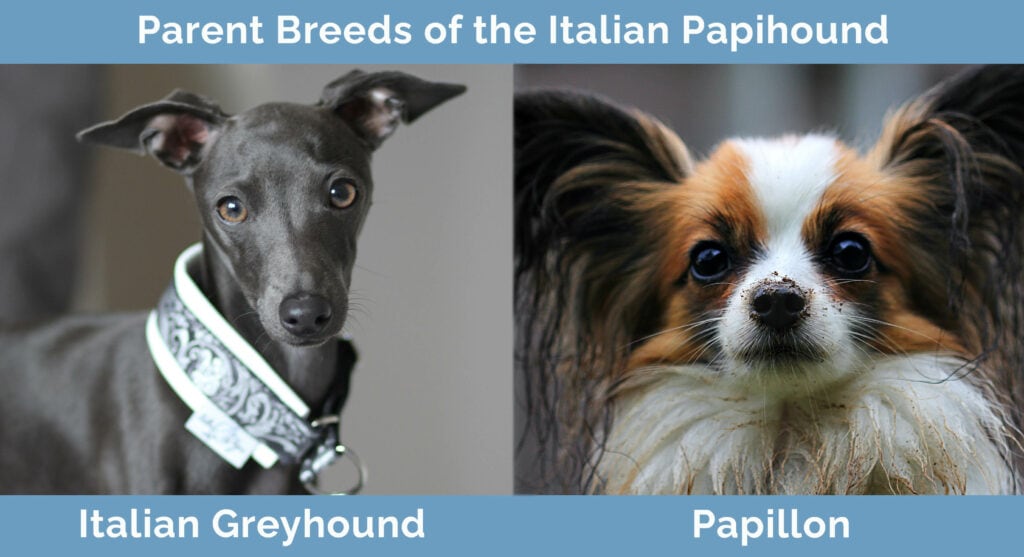
 Temperament & Intelligence of the Italian Papihound 🧠
Temperament & Intelligence of the Italian Papihound 🧠
The Italian Papihound is a combination of the sweet and loving Italian Greyhound and the intelligent and lively Papillon. The resulting hybrid is an intelligent dog that is keen to please their owner, requires minimal exercise, and usually gets along with other dogs and people.
Are Italian Papihounds Good for Families? 🏡
Friendly, intelligent, and always happy to spend time with his humans, the Italian Papihound is considered an excellent family pet. They get along with all adults and children. However, it is worth noting that small dogs like the Italian Papihound can be easily injured.
Young children and those with little to no experience with small dogs should be supervised when spending time with them. Accidents can happen, and small children can get a bit grabby with their hands. Although this hybrid is not an aggressive breed, they can nip if a small child grabs them suddenly.
Do Italian Papihounds Get Along with Other Pets? 🐶 😽
The Italian Papihound will get along with other dogs. If your pet adopts the personality traits of the Italian Greyhound, they’ll benefit from having a second dog in the home. They will keep one another company when you and the rest of your family are out of the house. The Greyhound likes to chase smaller animals because he was bred to hunt small animals, but an Italian Papihound is more likely to chase a cushion than a cat.
 Things to Know When Owning an Italian Papihound:
Things to Know When Owning an Italian Papihound:
The Italian Papihound is a beautiful, friendly, and intelligent dog. They can live in an apartment or small house and do not require a large outdoor yard area to thrive. They’re suitable for singles and families as long as they’re cared for properly and get enough attention. While the Italian Papihound is an excellent breed for many types of owners, they’re not perfect for everybody, and you should take the following factors into account when deciding whether this is the right pup for you.
Food & Diet Requirements 🦴
The Italian Papihound is a small breed that does not usually require a lot of exercise. As such, he will only have a small appetite. You should feed approximately a cup of good quality, dry kibble each day. With dogs of this size, it is very easy to overfeed them. It only takes a few extra pieces of kibble daily, and your Papihound could be putting weight on without you noticing.
You can refer to the dog food brand’s instructions to determine the proper portions, and you can speak to your veterinarian to confirm your feeding the correct amount. Split their daily allowance over two or three meals, and do not leave food down all day. If you use treats for training or as a reward, remember to take them into account when calculating the number of calories they are consuming each day.
Exercise 🐕
One of the reasons that many people look past the Italian Greyhound as a pet is the mistaken belief that they have high exercise requirements. The truth is very different, and the Papihound requires only an average amount of exercise each day. You will need to provide approximately 45 minutes of exercise a day, which can take the form of daily walks and playing games in the yard or living room. However, the Italian Papihound is capable of more, and they enjoy agility classes.
Training 🦮
The parent breeds are intelligent and eager to please their owner, but the Papillon truly stands out as being clever. The resulting hybrid can pick up new tricks and develop into a well-behaved pet. They’re not particularly headstrong or stubborn, and they’re not easily distracted when training.
The only potential difficulty in training is that the Italian Greyhound may prefer to lie down rather than participate. But if you can keep training fun and short, your new dog will be sure to learn quickly and efficiently. The Papillon is skilled in agility training, and the Italian Greyhound can be seen in competitions worldwide, too.
Grooming 
The Italian Papihound will likely have longer hair than their Papillon parent. Even so, they don’t require much in the way of coat maintenance. You will need to brush them once a week to remove dead hairs, and although they shed, neither parent is known for having a foul dog odor. You only have to bathe your Italian Papihound when it is necessary. Bathing them too often can dry out their skin and cause irritation.
They also need their ears checked regularly to ensure they’re clean and healthy. Small dogs are known to be more likely to suffer from dental problems. You can buy treats that help maintain dental health, but this should not replace good brushing. You should brush your dog’s teeth three times a week, ideally every day.
You can start brushing their teeth when they’re a puppy to get them accustomed to the process. Similarly, you should start trimming their nails when they’re young. This will need to be done every couple of weeks. It not only prevents the discomfort and pain caused by long nails but also keeps the nails from tearing into you when your dog jumps on you.
Health and Conditions ❤️
The Italian Papihound is generally considered a healthy and hardy dog, but there are some conditions that the parents are prone to. Dental hygiene is a significant issue for dogs of this small stature, and it is easy to overfeed dogs of this diminutive size.
To avoid these problems, ensure that you measure their daily portions carefully, clean their teeth regularly, and avoid feeding them too many treats, especially human food that tends to be higher in sugar and more destructive for teeth. A good diet and the proper veterinary care can help you provide the longest possible life for your dog.
- Ear infections
- Dental decay
- Epilepsy
- Patellar luxation
- Progressive retinal atrophy
Male vs. Female
The male will grow a little larger than the female. However, their upbringing, the ratio of breeds in the hybrid mix, and environmental factors such as diet will have a more significant impact on their size and temperament.
Final Thoughts: Italian Greyhound Papillon Mix
The Italian Papihound is a sweet, good-natured, friendly little hybrid that combines the sweet-natured Italian Greyhound with the intelligent and loving Papillon. They fit in well in most families, get along with all family members regardless of species and age, and will take well to training.
This combination of low maintenance and easy training, coupled with the fact that they’re friendly with strangers and family members, makes them ideal for first-time owners.
See also:
- Bostalian (Italian Greyhound & Boston Terrier Mix): Info, Pics, Traits
- How Much Does an Italian Greyhound Cost? Price Guide
Featured Image: 1 – Pixabay, 2 – AndyBir, Shutterstock

 Temperament & Intelligence of the Italian Papihound
Temperament & Intelligence of the Italian Papihound  Things to Know When Owning an Italian Papihound:
Things to Know When Owning an Italian Papihound:
